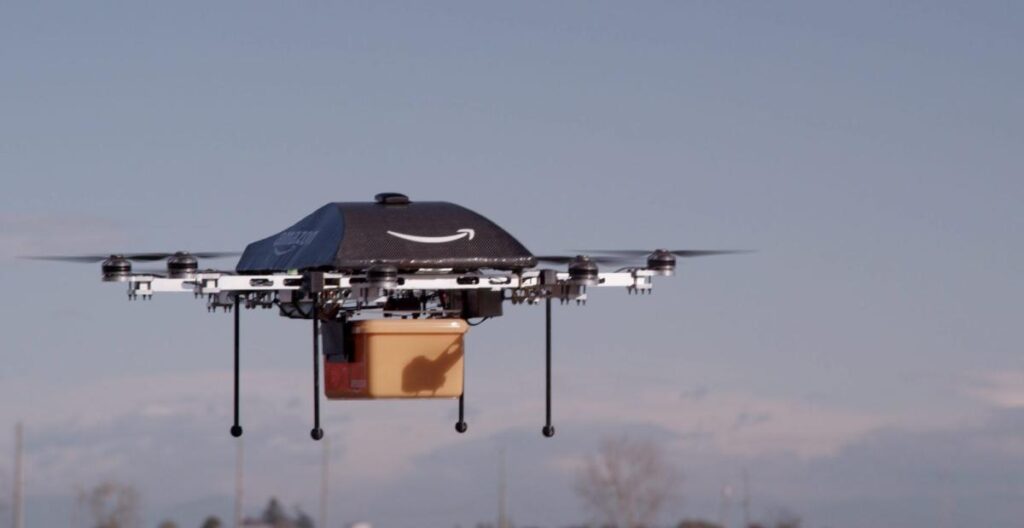In the past few months, a series of mysterious drone sightings have emerged over New Jersey, Pennsylvania, and New York, capturing the attention of local and federal officials. New York Governor Kathy Hochul joined the conversation on social media to share that similar drone reports were coming in from residents in her state, mirroring incidents in New Jersey. These sightings have led to widespread speculation about their origins, with lawmakers pressing for increased transparency from the agencies investigating the phenomena. Meanwhile, the Federal Bureau of Investigation and the Department of Homeland Security have reassured the public that there is no evidence indicating that these drones are a threat to national security or public safety, providing a measure of calm amidst the intrigue.
As federal investigations into these drone sightings continue, it’s important to consider the legal framework surrounding drone operations, especially in a state like California. A key aspect of drone law in the state is the prohibition against shooting or otherwise trying to destroy a drone, even if it is trespassing on private property. This is primarily due to the safety risks associated with discharging a firearm at an aerial vehicle. As of October 2023, there are approximately 791,597 drones registered in the United States, divided into commercial and recreational categories. The Federal Aviation Administration (FAA) classifies all drones as aircraft, suggesting that attempting to shoot one down can result in severe legal consequences, including potential federal charges.
In California, the legality of drone operations is contingent upon compliance with federal regulations, including those specific to commercial drone pilots and governmental users who must obtain a Remote Pilot Certificate from the FAA. Recreational drone pilots must pass the FAA’s Recreational UAS Safety Test (TRUST) and adhere to certain restrictions, which include registering drones that weigh over 0.55 pounds and maintaining a line-of-sight during flight. Importantly, unauthorized drone flights over private property can be construed as trespassing if they disrupt the owner’s use or enjoyment of their land, underlining the importance of understanding property rights in relation to drone activity.
California’s legislative landscape has also adapted to the growing use of drones, putting in place several regulations that govern their operation. Among these, there are strict prohibitions against using drones for unauthorized surveillance or to capture images of individuals engaged in private activities. This legislation was a response to concerns about paparazzi-related invasions of privacy involving drone photography. Additionally, laws protect first responders from drone interference during emergencies, establishing that interfering with their activities is a misdemeanor. Furthermore, drone operations in specific natural areas, like State Parks and various preserves, require special permission, emphasizing the state’s commitment to preserving its natural landscapes.
The end-users of drones in California span various categories, including recreational hobbyists, commercial enterprises, and government operations. Compliance with licensing, registration, and operational standards is crucial for legal drone usage in the state, which also mandates that all drones feature a Remote ID. This requirement furthers transparency and accountability in drone operations. Beyond individual use, commercial entities have begun piloting drone delivery services in urban areas like the Bay Area and San Diego, showcasing the advanced applications of drone technology in everyday life.
Overall, the rise of drone sightings in the northeastern states and the corresponding discussions about legality and safety reflect a broader trend in society’s relationship with technology. While current investigations into the New Jersey and New York drones continue, understanding the established legal framework in places like California is essential for anyone interested in utilizing drones. As drone usage becomes more ubiquitous, ongoing adaptations in laws and public awareness will be necessary to ensure a safe coexistence between drone technology and community interests.

